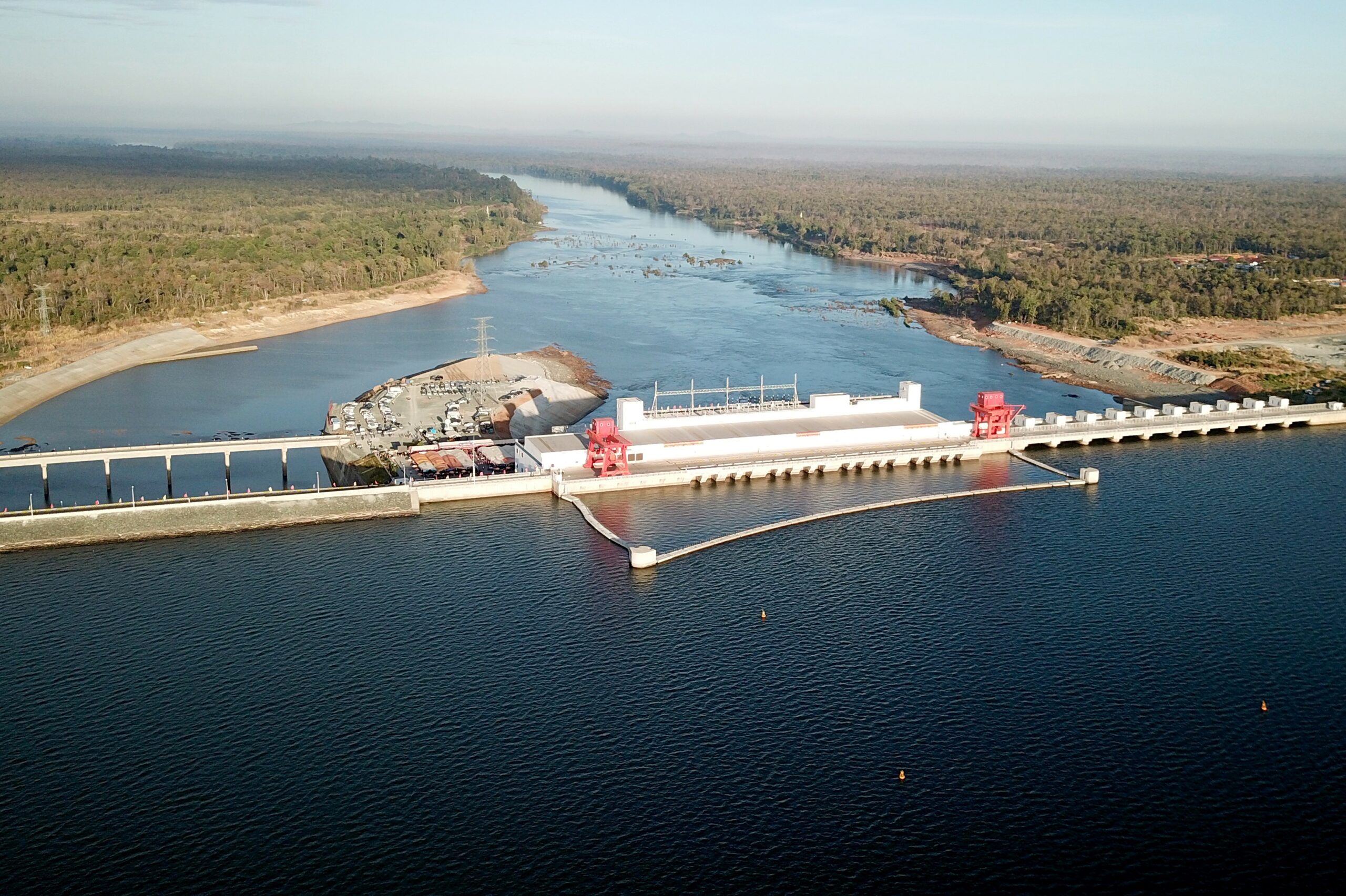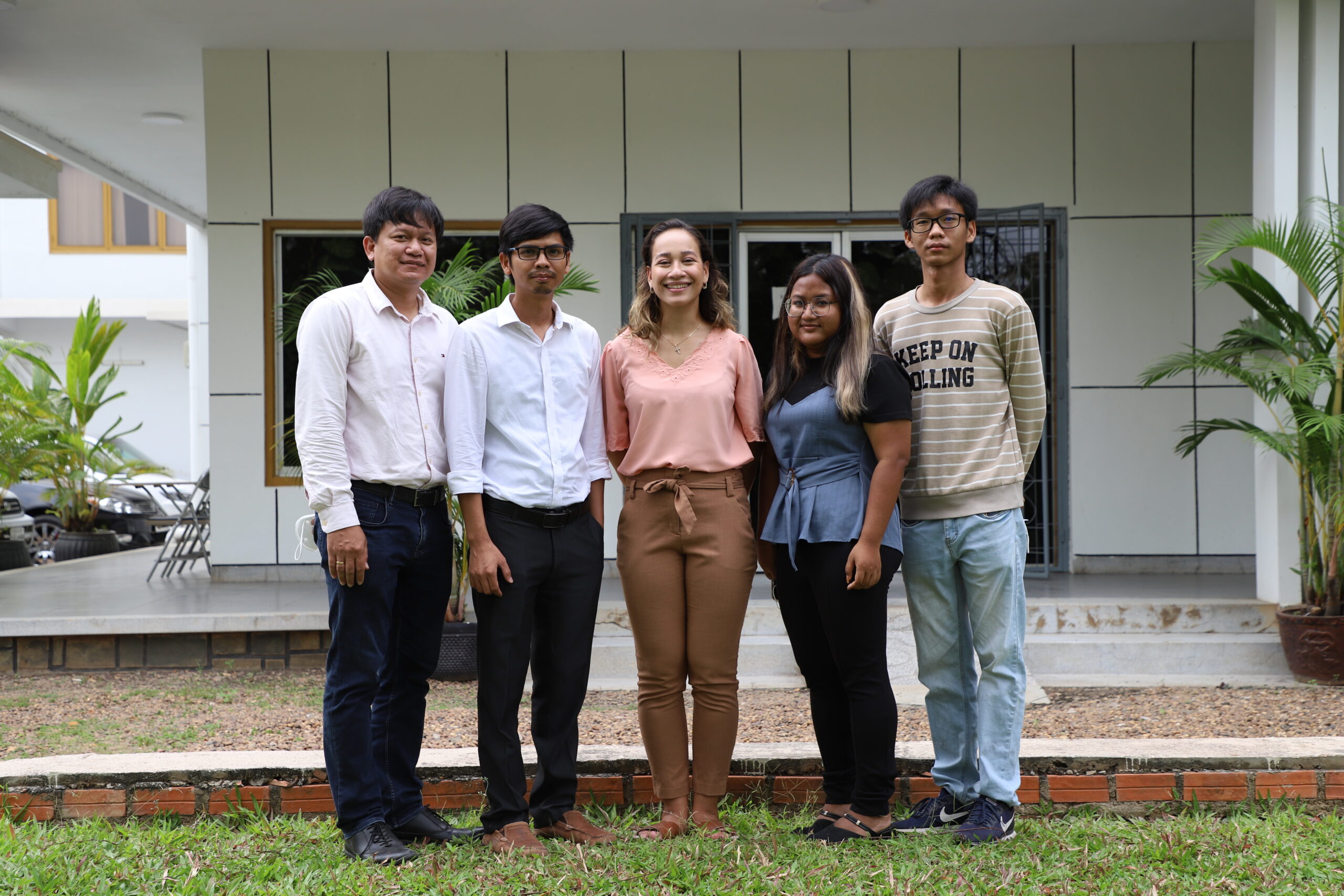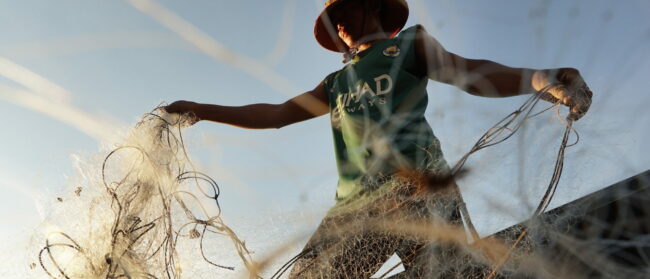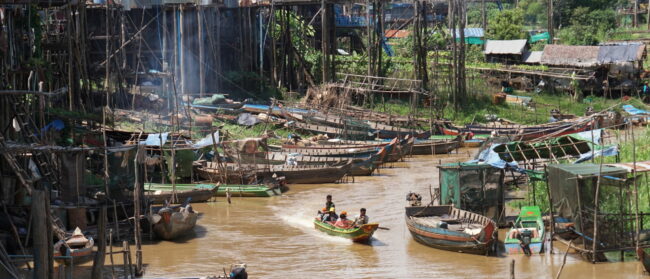The Kingdom’s wonders: understanding and managing Cambodia’s natural resources
Essential for the survival and progress of the nation, managing Cambodia’s natural resources requires a forward looking strategy and the Centre for Natural Resources and Environment continues to play a key role in analysing the landscape and guiding policy makers
Words by Stew Post
From tropical islands and mangroves on the coast to highland forests and the unique hydrological features of the Tonle Sap, Cambodia is home to a wealth of natural resources and ecological treasures. Their management has been a vital part of life in Cambodia for centuries, however, with the threat of climate change looming and the steamroller of economic progress ploughing ahead, their protection is more urgent than ever before.

“Over the last 30 years, because of economic and population growth, there is increasing pressure on the use of land, water and natural resources,” explained Dr. Tum Nhim, director of CDRI’s Centre for Natural Resource and Environment (CNRE). “However, there is also growing interest in the importance of the environment and natural resources and sustainable development pathways, beyond just looking at economic growth.”
Setting the stage for policy that can steer Cambodia towards a more sustainable future is CNRE’s research and, like in the country itself, the Mekong River system plays a central role in the group’s work. However, the complex challenges of managing a river system that crosses multiple borders make intergovernmental cooperation key.
Launched in 2019, more than two years of research and analysis went into Water Diplomacy of the Mekong Basin: Toward a Shared Basin for Prosperity and featured collaboration with institutions from China, Laos, Thailand and Vietnam. The research identified problems facing each of the Lancang-Mekong country members and was designed to influence policy makers and improve the capacity and awareness of stakeholders at all levels.
While the issue of hydroelectric dams on the river was a focus of the research, the increasing disruption to historical weather patterns is also an area of concern.

“Most Cambodians live in rural areas and rely on rainfall for farming and rivers for food,” explained CNRE Research Associate, Monin Nong. “Climate change’s effects on weather and ecology will certainly impact these people so policy makers must develop strategies to cope with climate change.”
The 2020 report Gender-based Climate Change Adaptation and Disaster Risk Reduction in Cambodia’s Local Communities examined the root causes of gender-based vulnerabilities to climate change and how local people handle these stresses. Through case studies on forestry and fishing communities in Preah Vihear and Kampot provinces, researchers hope to provide policy inputs for the government’s gender-based climate change responses.
As authorities implement mitigation strategies to prepare Cambodia for the inevitability of climate change, CNRE is also examining the effectiveness of these policies. Published in December 2021, Policy Recommendations: Impact of Climate Change Programs in Cambodia: Vulnerability, Poverty, and Gender looked at government efforts to prepare Mekong islands in Kampong Cham and Tboung Khmum provinces through constructing concrete roads, installing solar-powered pump stations and diversifying local income sources.
Successes were acknowledged and areas of improvement were identified, but as the realities of climate change push further into the public eye and stakeholders prepare for uncertainties, CNRE’s researchers remain committed to Cambodia’s future.
“There are still many challenges but we will not be distracted,” said Dr. Nhim. “We will continue to look for opportunities so that Cambodia can develop itself along sustainable pathways.”

This article is a part of a paid partnership with Cambodia Development Resource Institute celebrating their 30 Year Anniversary and highlighting their work over the past three decades . Follow CDRI and stay up to date with their projects on their Facebook page. Learn more about the partnership here.


